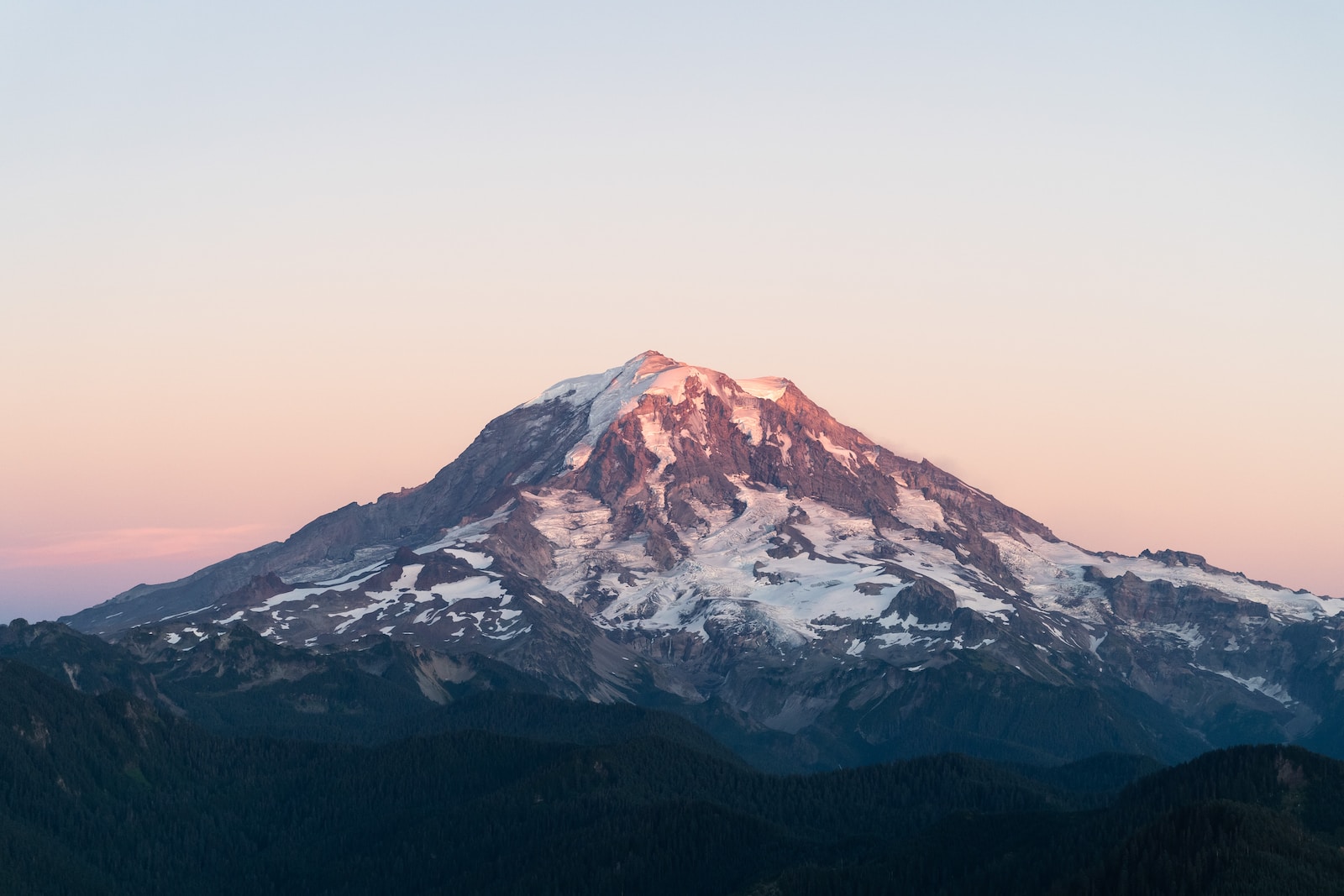Table of Contents
ToggleIntroduction
Mount Rainier, once adorned with 29 majestic glaciers, is now witnessing their rapid disappearance. A comprehensive study conducted by the Park Service reveals that these glaciers are dwindling due to the global impacts of climate change. This article delves into the consequences of this alarming trend, the effects on the ecosystem, and the challenges faced by climbers. Join us as we explore the vanishing glaciers of Mount Rainier and their implications for our planet.
Glacial Retreat: A Global Reality
Mountain glaciers worldwide are experiencing a steady decline due to the escalating temperatures resulting from the burning of fossil fuels. The World Glacier Monitoring Service reports that glacier area has steadily decreased over the past 50 years, with the most significant losses observed in the Western United States and Canada. Mount Rainier, known for its stunning glacier coverage, is no exception to this disconcerting trend.
Impacts on Mount Rainier National Park
Mount Rainier National Park, a beloved tourist destination attracting millions of visitors annually, is feeling the effects of glacier retreat keenly. The changes in the park’s ecosystem are evident, with wildflowers blooming at irregular times and the climbing season for the 14,000-foot summit becoming shorter. Notably, the retreat of glaciers has caused rocks to tumble, wiping out old-growth forests, altering river courses, and resulting in road flooding, posing challenges for the National Park Service and visitors alike.
The Vanishing Glaciers
The Park Service’s extensive survey reveals that the Stevens Glacier no longer exists, having been removed from the park’s inventory. Additionally, the Pyramid and Van Trump Glaciers are in grave danger and may vanish entirely before the next survey is conducted. These findings emphasize the urgency and magnitude of the glacier loss occurring on Mount Rainier.
Understanding the Glacial Changes
To comprehend the extent of glacial decline, the Park Service study utilized historical measurements, satellite images, and aerial photography. The research revealed a significant 42% reduction in glacier ice coverage between 1896 and 2021. An independent survey conducted by glaciologist Mauri Pelto in 2022 concluded that the Pyramid and Van Trump Glaciers had already vanished. These studies provide a comprehensive understanding of the glacial changes taking place on the mountain.
The Changing Face of Mount Rainier
Subheading: Altered Landscapes and Climbing Challenges
Mount Rainier’s iconic glaciers contribute to its breathtaking icy-blue appearance, visible from miles away on clear days. However, these glaciers are now rapidly receding, altering the mountain’s landscape indefinitely. Climbers face new obstacles as the glacier highways they rely on to reach the summit melt earlier each summer. Lengthier paths, circumventing hazardous cracks and fissures, and a shortened climbing season are becoming the norm.
Exploring the Nisqually Glacier
The Nisqually Glacier, particularly vulnerable due to its south-facing position and lower elevation, exemplifies the plight of Mount Rainier’s glaciers. With firsthand experience from numerous climbs, retired geomorphologist Paul Kennard highlights the concerning state of the Nisqually Glacier. Its diminished appearance, with black boulders clinging to its surface, diminishes the glacier’s once awe-inspiring grandeur.
Environmental Consequences and Conservation Efforts
The consequences of glacial retreat extend beyond aesthetics and climbing challenges. Devastating events, such as glacier bursts and debris flows, have occurred, leading to the destruction of forests and alterations to river courses. Efforts to mitigate the effects of glacier loss are underway, including innovative projects like log buttresses designed to protect riverbanks from erosion caused by the changing flow patterns.
Conclusion
As the glaciers of Mount Rainier continue to vanish, the implications for our environment become increasingly evident. The loss of these natural wonders calls for urgent action to address climate change. Mount Rainier stands as a poignant symbol, reminding us of the profound consequences of our actions. Let us strive to protect our planet’s fragile ecosystems and work towards a sustainable future where the glaciers of Mount Rainier, and countless others, can be preserved for generations to come.







